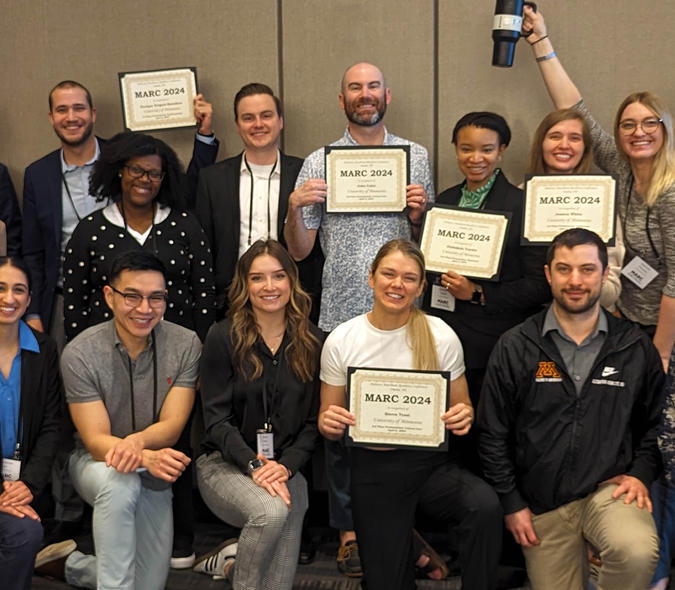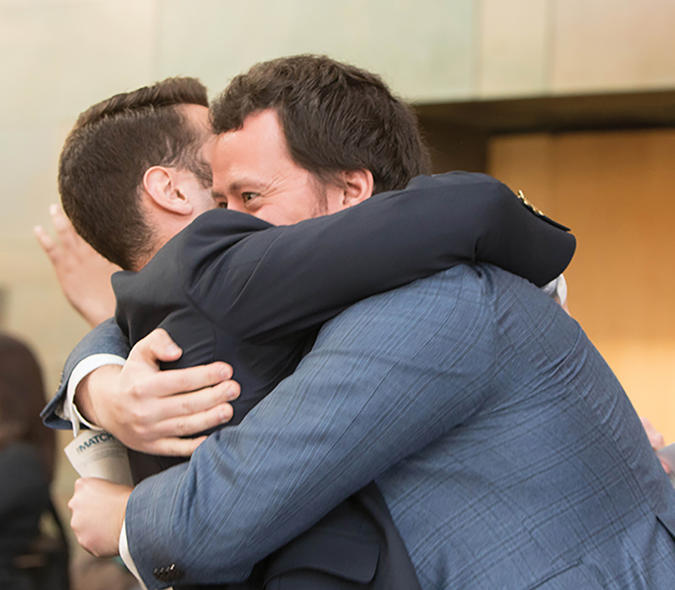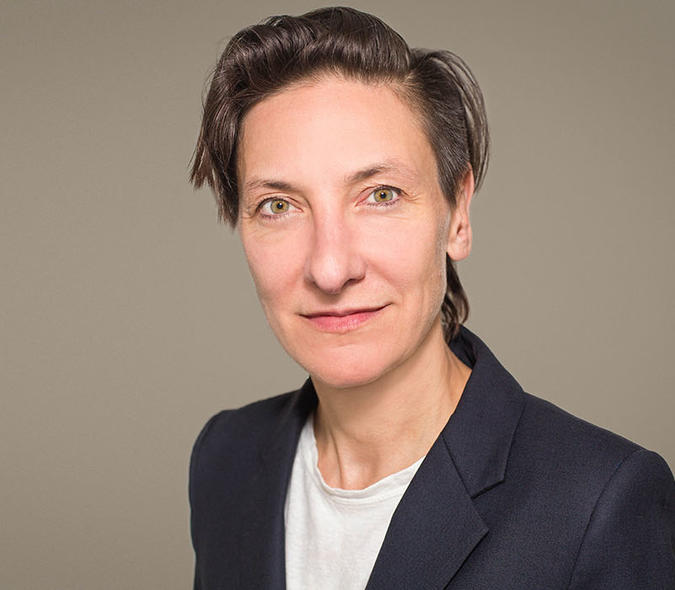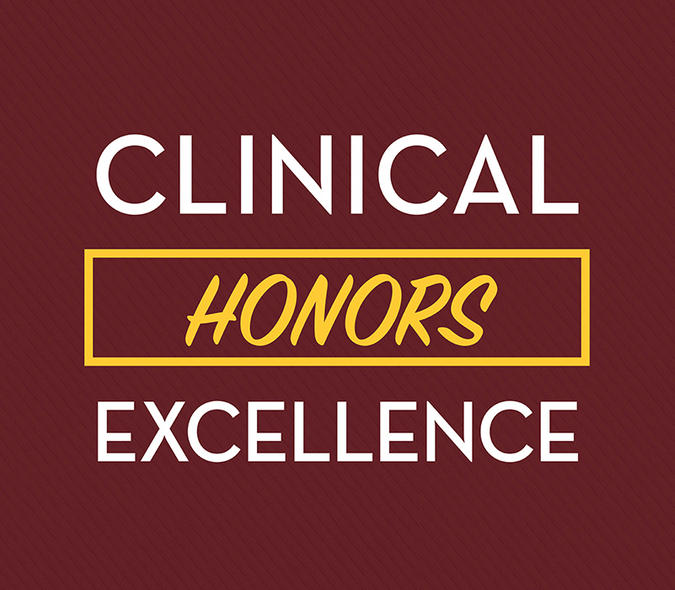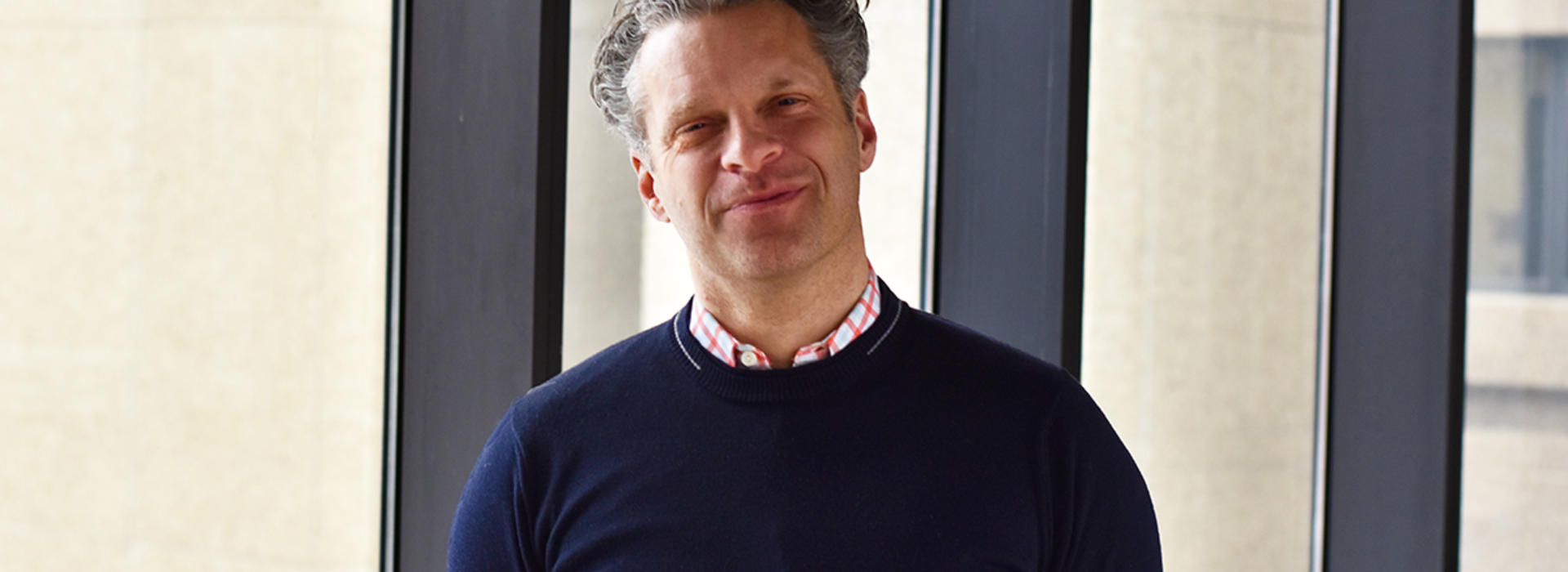
Faculty Spotlight: Dr. Tjorvi Perry Promotes Positive Outcomes In Medicine and In Life
The curiosity for cardiology runs in the family for University of Minnesota Medical School Department of Anesthesiology Associate Professor and Chief of the Cardiothoracic Anesthesia Division, Tjorvi E Perry, MD, MMSc. Growing up in Boston, Dr. Perry shadowed his father, an interventional pediatric cardiologist, at the Boston Children’s Hospital. In high school, he worked in the Cath Lab, where he first experienced how a team of physicians, nurses and technicians could change the lives of children born with heart disease. From this experience, and his connection with his father, Dr. Perry has committed himself to an innovative career of caring for patients with complex heart disease.
Fast forward to present day, Dr. Perry enjoys the intensity of cardiac anesthesiology at the U of M Medical School. He is surrounded by cardiac surgeons, cardiologists and anesthesiologists dedicated to collaboratively and creatively moving the field of caring for cardiac patients forward.
“I feel truly honored and excited to work with the many big names in our department, including Joyce Wahr, MD, Michael Todd, MD, Michael Wall, MD, FCCM, and Richard Prielipp, MD. They have an energy and curiosity about them that just doesn’t quit. It makes working on a team with them so rewarding, and it motivates us every day to be better at what we do,” Dr. Perry said.
“The history of cardiac care began right here at the University of Minnesota,” he added. “I’m truly grateful for the opportunity to build on that kind of history—to have the opportunity to stand on the shoulders of the giants that built this place back in the 1950s and 60s.”
In addition to a busy clinical practice, Dr. Perry aims to build a division rooted in clinical and implementation research. He is convinced that by decreasing the unjustified variability in care delivery between clinicians, his team will be able to decrease complication rates and improve patient outcomes.
“As we understand more about how we actually deliver care to our patients, the closer we will be to developing standard guidelines that we can apply to caring for the majority of our patients,” he said. “That’s not to say that guidelines will replace physicians or nurses, but rather they will help us reduce the tremendous variability in how each of us care for patients."
Outside of work, Dr. Perry enjoys traveling, skate-skiing and cycling while he lives in Minneapolis with his wife, three children and Misty, their dog. He also aims to master another craft, which plays a role in both his personal and professional life—mindfulness. The practice of mindfulness may sound to some like a benign way to say something simple, but Dr. Perry explains that it’s something he strives to practice daily.
“To me, mindfulness means slowing down and thoughtfully listening to myself, my family, my team and my patients. When I first began training in medicine, my number-one goal was to be the best—to me, nothing else mattered. Over the years, I realized that in order to sustain myself, I needed to set aside time; time to be still and bear witness to what is going on within me and around me and time for me to be cognizant and regenerate,” Dr. Perry said.
“It’s about checking-in with myself during very stressful moments and making a plan for how to react,” he added. “We all have different pain, fears and worries. While I don’t know what those individual fears are for each of my patients, I do know how important it is to feel safe. I always want to connect with my patients to make them feel heard and taken care of by our team.”
He emphasizes the value he feels from working on a team. He says a team offers the support needed to balance when it’s the right time to pioneer ahead, and when it’s time to pull back, in order to provide the most exceptional and cutting-edge cardiac anesthesia care for his patients. Dr. Perry uses mindfulness to try to support his patients, his team, colleagues and students by understanding that everyone wants to feel appreciated and fulfilled in their work.
Dr. Perry is grateful for the compassion each and every one of his teammates have for their patients and their colleagues and says that he is sure that it is the cornerstone of the work they do as anesthesiologists.
